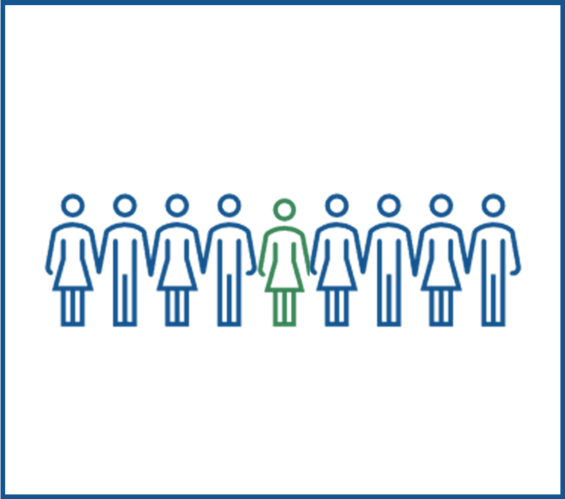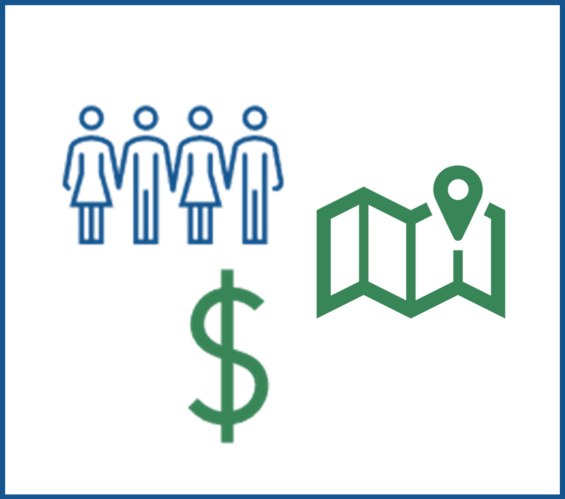What is AMI?

AMI stands for Area Median Income — that means the middle income in your area.
Half of people in your area make more, half make less.
AMI helps figure out who is eligible for affordable housing in different parts of the state and country that have different costs of living and incomes.
Why It Matters
Knowing your % of AMI helps you:
- Understand which affordable housing programs you qualify for
- Avoid missing out on housing you’re eligible for
- Save you time applying for programs you don’t qualify for
NOTE: This page's goal is to explain the basic concept of AMI. Affordable housing opportunities may do their calculations slightly differently. They may vary in what they count as income and what geographic area they are looking at.
AMI Examples
If the Area Median Income (AMI) in your area is $100,000:
- If you earn $100,000, you’re at 100% of AMI
- If you earn $60,000, you're at 60% of AMI
If you earn $20,000, you're at 20% of AMI
How does AMI impact my housing search?

Different housing programs serve people at different AMI levels — like:
- 80% of AMI or less
- 50% of AMI or less
- 30% of AMI or less
You will want to know your approximate % of AMI so you know to which programs to apply.
Note: Some programs, such as EA Family Shelter, use Federal Poverty Guidelines instead of AMI to determine eligibility.
What affects your AMI?

Your AMI depends on:
- Where you live
- How many people live with you (household size)
- Your household's total income before taxes
What Counts as Income?
Income usually includes:
- Wages, bonuses, tips
- Gig work (like Uber or DoorDash)
- Unemployment, disability payments, worker’s comp, severance pay
- Investment income (like stock dividends)
- Most gifts or money through apps like Venmo
Tips:
- Income from People under 18 doesn’t count toward household income, but they do count toward household size.
- Different programs calculate income differently. Ask them what they include and to share their AMI table.
How to find your % AMI

Tip: Don't get intimidated by the math. Usually a ball-park estimate is enough to get started. As you move along in your search you'll want to get more specific. See below about how to get help if you need it.
To estimate your AMI: Divide your total household income by the AMI for your area.
- Example: $60,000 ÷ $100,000 = 60% AMI
- The federal government has an AMI table for federal programs. To find this year's income limits, scroll down the page to the brown button that says "Click here for FY 20XX IL Documentation." Look for the current year, like FY 2025.
This only gives you an estimate. Federal, state and city programs count income and look at geographic areas differently. To account for this:
- Check each housing opportunity’s webpage or call them for the AMI table they use.
- Ask for the list of what they count as income.
- Finally, when you estimate your income, try to include ALL eligible income. This will give you a better idea of what programs you might be eligible for.
Getting Help
If you need help figuring out your % AMI and which programs you might qualify for:
- Call Mass 2-1-1 – Ask for the Housing Resources Line: They can provide referrals for housing help. (Call 2-1-1 or 877-211-6277. Available 24 hours a day, 7 days a week - translation available).
- Or contact a Housing Consumer Education Center (HCEC) near you for 1-on-1 help.
- Also check out 'How to Start Looking for Affordable Housing,' to learn about the types of affordable housing and how to apply.